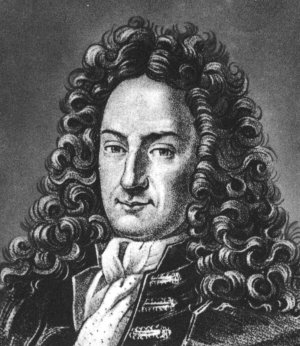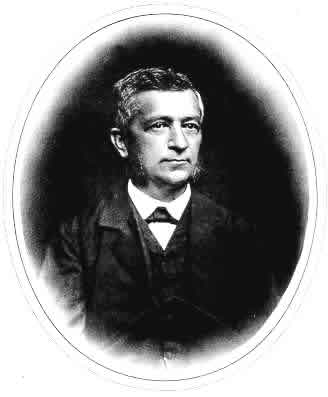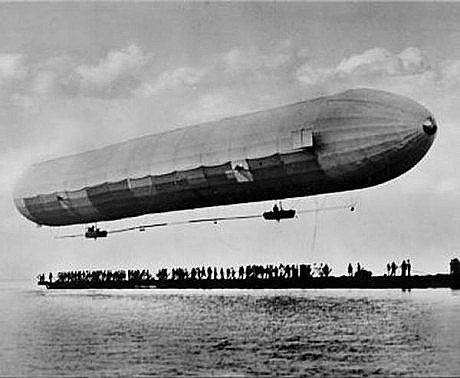July 1, 1646
Birth of Gottfried Leibniz (1646-1716) in Leipzig. Leibniz was a German mathematician and philosopher. He occupies a prominent place in the history of mathematics and the history of philosophy. Leibniz developed the infinitesimal calculus independently of Isaac Newton, and Leibniz’s mathematical notation has been widely used ever since it was published. He became one of the most prolific inventors in the field of mechanical calculators. While working on adding automatic multiplication and division to Pascal’s calculator, he was the first to describe a pinwheel calculator in 1685 and invented the Leibniz wheel, used in the arithmometer, the first mass-produced mechanical calculator. He also refined the binary number system, which is at the foundation of virtually all digital computers.
In philosophy, Leibniz is most noted for his optimism, e.g., his conclusion that our Universe is, in a restricted sense, the best possible one that God could have created. Leibniz, along with René Descartes and Baruch Spinoza, was one of the three great 17th century advocates of rationalism.
July 1, 1818
Birth of the physician Karl von Vierordt (1818-1884) in Baden, Germany. Vierordt developed techniques and tools for the monitoring of blood circulation. He is credited for the construction of an early “hemotachometer”, an apparatus for monitoring the velocity of blood flow. In 1854, he created a device called a sphygmograph, a mechanism consisting of weights and levers used to estimate blood pressure, and considered to be a forerunner of the modern sphygmomanometer. One of his better known written works was a treatise on the arterial pulse, titled Die Lehre vom Arterienpuls im gesunden und kranken Zustände.
July 1, 1881
Death of Rudolf Lotze in Berlin, Germany. Lotze was a philosopher who developed the philosophy of Theistic Idealism. He studied at the University of Leipzig. He later taught at the Universities of Leipzig, Göttingen and Berlin. His noted books are “Logik” (1843), “Mikrokosmos” (3 vols. 1856-64) and “Metaphysik” (1879).
July 1, 1900
Count Ferdinand von Zeppelin flies his first airship, the LZ-1. It was 126 m (420 ft) in overall length, 11.4 m (38 ft) in diameter and weighed 13 tons. It was constructed using a cylindrical framework covered with smooth surfaced cotton cloth. Inside was a row of 17 gas cells each covered in rubberized cloth. The hydrogen gas capacity totaled 12,000m3 (400,000 cubic ft).
The airship was steered by forward and aft rudders and propulsion was provided by two 15-hp Daimler internal-combustion engines, each rotating two propellers. The airship also employed a 130 kg weight suspended beneath the hull that could be slid forward or aft to control its attitude and about 300 kg ballast. Passengers and crew were carried in two 6.2 meter long aluminum gondolas suspended forward and aft.
July 1, 1926
Birth of the German composer Hans Werner Henze in Gütersloh, Germany. He began within the 12 tone style but then developed a variety of expressions.
July 1, 1959
Heinrich Lübke (CDU) is elected President of the Federal Republic of Germany. (West Germany)
July 1, 1964
Heinrich Lübke (CDU) is reelected President of the Federal Republic of Germany.
July 1, 1990
Introduction of the West German Mark in East Germany preceding the full reunification.
July 1, 1993
Germany changes its system of postal codes, a change made necessary by the reunification.
July 1, 1995
Roman Herzog succeeds Richard von Weizäcker as Germany’s President (Bundespräsident).
July 1, 1999
Johannes Rau succeeds Roman Herzog as Germany’s President (Bundespräsident).
July 1, 2004
Horst Köhler is inaugurated as Germany’s President (Bundespräsident).
Back to Today in German History Calendar










